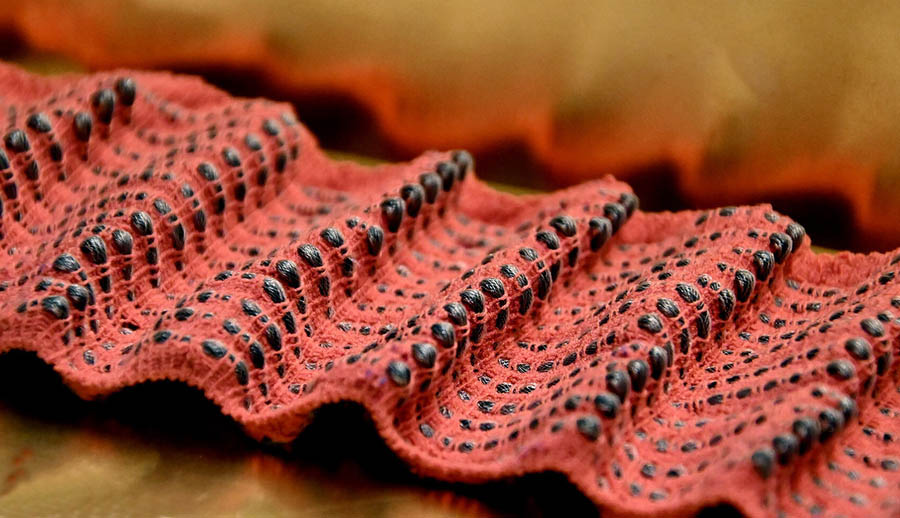New fibers can make breath-regulating garments
18. 10. 2021 | MIT | www.mit.edu
A new kind of fiber developed by researchers at MIT and in Sweden can be made into clothing that senses how much it is being stretched or compressed, and then provides immediate tactile feedback in the form of pressure, lateral stretch, or vibration. Such fabrics, the team suggests, could be used in garments that help train singers or athletes to better control their breathing, or that help patients recovering from disease or surgery to recover their breathing patterns.
The multilayered fibers, dubbed OmniFibers, contain a fluid channel in the center, which can be activated by a fluidic system. This system controls the fibers’ geometry by pressurizing and releasing a fluid medium, such as compressed air or water, into the channel, allowing the fiber to act as an artificial muscle. The fibers also contain stretchable sensors that can detect and measure the degree of stretching of the fibers. The resulting composite fibers are thin and flexible enough to be sewn, woven, or knitted using standard commercial machines.

The new fiber architecture has a number of key features. Its extremely narrow size and use of inexpensive material make it relatively easy to structure the fibers into a variety of fabric forms. It’s also compatible with human skin, since its outer layer is based on a material similar to common polyester. And, its fast response time and the strength and variety of the forces it can impart allow for a rapid feedback system for training or remote communications using haptics (based on the sense of touch).
Read more at MIT
Image Credit: MIT
-jk-




